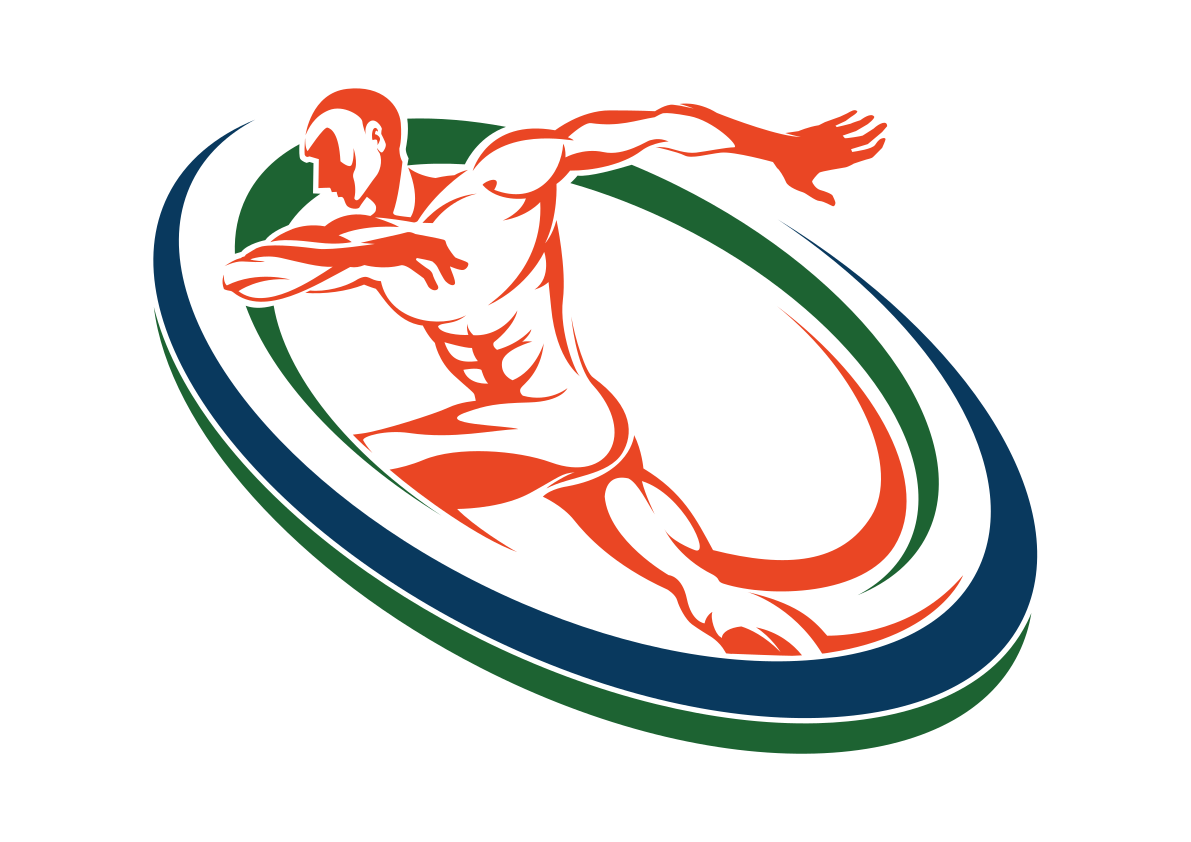REFERRED "PAIN" SENSATION IS THE KEY TO ELIMINATING MUSCLE PAIN
If you've ever experienced referred pain, you know how strange and confusing it can be. You feel pain in one area of your body—let’s say in your right hamstrings—but the source of the pain is actually in another area—your hip/gluteus muscle. While it may seem counterintuitive, referred pain can actually be a good thing. It's your body's way of alerting you to muscle tightness or other problems. By understanding referred pain sensations, you can eliminate muscle pain and keep your body feeling its best.
Referred pain occurs when your fascia—a fibrous framework within muscles—transmits tension from one muscle (or group of muscles) to adjacent muscles. This can happen when a muscle or group of muscles are too tight. Muscles that have been tight for too long transmit tension and tightness to other muscles nearby through the fascia. The “pain” can be felt in any part of your body, even though the source of the problem may be in a different area.
Fortunately, referred pain is relatively easy to treat, and it serves as a great signal for what muscles you should be loosening. The first step is to identify the muscle that is causing the referred pain sensation. Once you know where that muscle is, foam roll directly on the muscles that duplicates the pain going into your hamstring. You can also treat it with stretching, massage, or myofascial therapies by a skilled professional such as a sports injury chiropractor. By eliminating the source of the referred pain, you'll also eliminate the referred pain sensation. So next time you feel a strange and confusing sensation, don't panic - it just might be referred to as pain! And that's not necessarily a bad thing.
HOW TO FOAM ROLL OR USE A MASSAGE BALL TO ROLL OUT PIRIFORMIS SYNDROME PAIN
In this particular discussion, we are referring specifically to how to foam roll (or massage ball roll) the pain and discomfort associated with “Piriformis Syndrome.”
Use a foam roller or massage ball to search your body for areas of pain, hypersensitivity, or tightness.
If you have pain in your hip (glute or very low back) with pain radiating down into your leg (e.g., hamstring) toward your knee, you might have what’s called “Piriformis Syndrome.” If you are experiencing this type of pain pattern, here is what to do:
In this example, use a firm foam roller—commonly the black foam roller.
Use the foam roller to roll your entire lower body from your hips down.
Roll your glutes/hips, hip flexors, hamstrings, IT bands, quads, and adductors because your “Piriformis Syndrome” pain is likely coming from one or more of those muscles:
A. Glutes/Hips - Those are your “butt” muscles.
B. Hamstrings - Those are the muscles on the back of your leg below your “butt.”
C. IT Bands - Those are the tendons and muscles on the side of your legs.
D. Quads (Quadriceps) - Those are the muscles on the front of your legs.
E. Adductors - Those are the muscles on the inside of your leg that go from your inner knee up the inside to your groin (pubic bones).
F. Hip Flexors - Those are the muscles on the front of your hips that are above your quads and below your waist.While rolling, search for tender muscles, knots, and painful areas. Tenderness and pain in muscles is a sign that muscles are hypersensitive as a result of being too tight for too long. Healthy muscles don’t hurt when you roll them. If it hurts to roll any of the muscles above, those hypersensitive muscles are most likely the cause of your “Piriformis Syndrome.”
Search for areas of muscles that radiate down your leg when you roll on them. In the case of “Piriformis Syndrome,” while you are rolling you may roll over a painful sensitive area that generates a sensation you might feel down into one of your hip or leg muscles, even as far as down into your calf or shin. You want to spend a little extra time rolling these muscles that create that radiating sensation, because it is that radiating sensation that reduces and eventually eliminates the pain in your hip and leg.
When you roll a muscle or group of muscles that cause a radiating sensation down your leg, you are feeling the actual sensation of muscle tension releasing; you are literally feeling muscle fibers de-contracting.
Remember, you are using the form roller to search your hips and legs for sensitivity or pain. Check everywhere along the muscles of your hips and legs, even the muscles on the opposite side (right vs. left), because you can have tightness, tenderness, and pain in your—for example—right hip, but it could be coming from muscle tightness in your left leg. I know I know…it doesn’t make sense, but please take my word for it. I’ve been a chiropractor for 14 years. I’ve discovered this through years of working with patients, working on myself when I feel my own pain, and using foam rollers and massage balls to roll my tightness and pain away. Virtually every time I rolled and continued to search my lower body for tenderness, I was surprised to find a tight and tender muscle that didn’t feel tight and tenders until I actually applied pressure to it with a foam roller.
Once I discovered those areas and rolled them, my pain went away very quickly. I then taught my patients the proper way to roll for Piriformis Syndrome once they came into my office with the same symptoms.
If you have questions, please don’t hesitate to contact me from the “Contact Us” page.
~ Dr. John Blenio, Chiropractor, Athlete, Foam Rolling Expert
